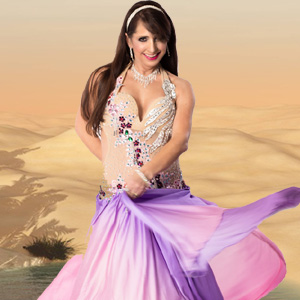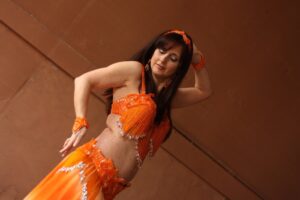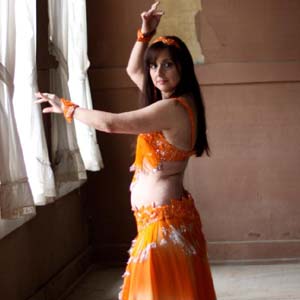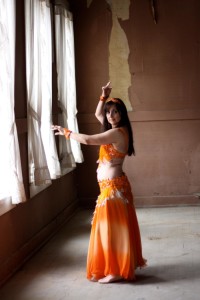 The one thing that we all sometimes fail to forget is taking the time to take care of our skin. I can remember growing up my mother telling me you must take care of your skin, because it needs to last a lifetime. There are times when I look back now and wished I would have listened to her on this subject. I have found that what you do or do not do, in regards to skincare, does really make a big difference! When it comes to performance and photo shoots we work so hard on moves and choreography, but it does not stop there, our makeup and caring for our body is also a must.
The one thing that we all sometimes fail to forget is taking the time to take care of our skin. I can remember growing up my mother telling me you must take care of your skin, because it needs to last a lifetime. There are times when I look back now and wished I would have listened to her on this subject. I have found that what you do or do not do, in regards to skincare, does really make a big difference! When it comes to performance and photo shoots we work so hard on moves and choreography, but it does not stop there, our makeup and caring for our body is also a must.
Over the last 2 years, I have gained a lot of experience with this from my own issues and having the opportunity to work with cosmetic consultants and occasionally being a cosmetic consultant as well.
Our skin is mostly made up of water so being hydrated is one of the first important steps! A week before a performance or photo shoot I cut out all beverages with caffeine and sugar and switch to water. Flavored Water like Vitamin Water is great because it has additional vitamins and does not add any additives or sugar. Water flushes out toxins in our body that can create havoc with acne, redness and other skin ailments.
It is important to daily wash, exfoliate and follow with a good moisturizer each morning and evening. Use a mild facial wash based on your skin type and follow up with a toner which helps slough off all dead cells and the remaining dirt that is left behind from the facial wash. Under the eye area is important to moisturize and you should use a moisturizer that is just for the underneath and not the same that you use for your whole face. Your face moisturizer should have a SPF during the day and use a night moisturizer at bed time. These are basics but a must. The morning of either a performance or photo shoot after cleansing and toning I follow up with a mask before moisturizing. This will make a big difference in your skin and will bring back the glow. Once I am done with the mask I steep two teabags and allow them to cool a little before I put them on my eyes, you do
not want them hot, just slightly warm.
This helps reduce puffiness, firms the underneath and can help with dark circles. Once done I follow with moisturizer and a face primer. The face
primer smooth’s out your face giving you a nice soft canvas to work with and reduces your pores. You are now ready to start applying makeup!






